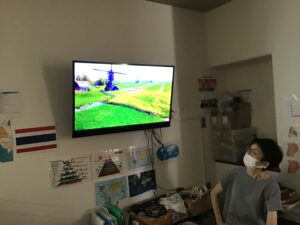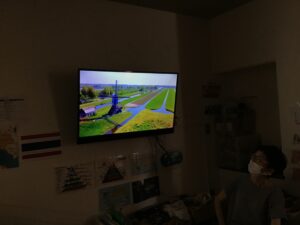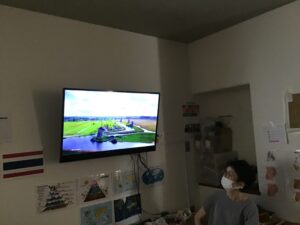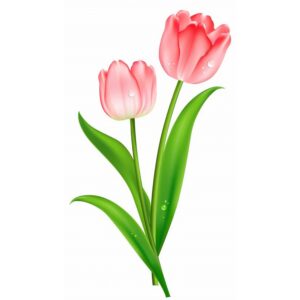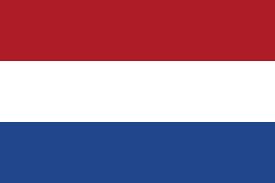 Netherland flag
Netherland flag
Each band of color in the Dutch flag holds some symbolism for the country. The red band symbolizes bravery, strength, valor, and hardiness; the white band, peace and honesty; and the blue band represents vigilance, truth, loyalty, perseverance, and justice .
The Netherlands, informally Holland, is a country located in Northwestern Europe with overseas territories in the Caribbean . It is the largest of four constituent countries of the Kingdom of the Netherlands. The Netherlands consists of twelve provinces; it borders Germany to the east, Belgium to the south, with a North Sea coastline to the north and west. It shares maritime borders with the United Kingdom, Germany and Belgium in the North Sea. The country’s official language is Dutch, with West Frisian as a secondary official language in the province of Friesland. Dutch Low Saxon and Limburgish are recognised regional languages, while Dutch Sign Language, Sinte Romani and Yiddish are recognised non-territorial languages. Dutch, English and Papiamento are official in the Caribbean territories.
Quiz time!
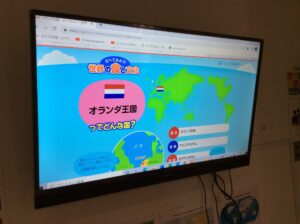


The most popular cheeses from Holland are Gouda and Edam. There are many other types of Dutch cheese, however, such as: Frisian, Limburger, Kernhem, Bluefort, Subenhara, Maasdam, Old Amsterdam, Old Alkmaar, Mimolette Commission, Maasland, Texelaar-Kollumer, Leyden and Leerdammer.
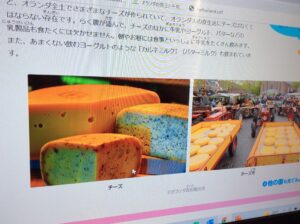
Tulips from Holland are world famous. If you want to see the Dutch tulip fields in bloom, you should visit Holland in April and May. As well as tulips there is a selection of other flowers, including daffodils, orchids, carnations, roses, lilies, irises and hyacinths.
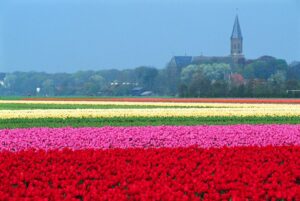


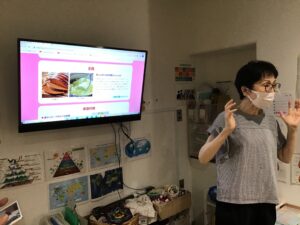
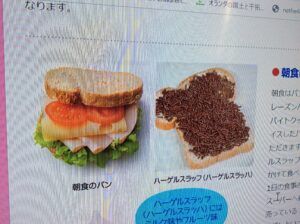
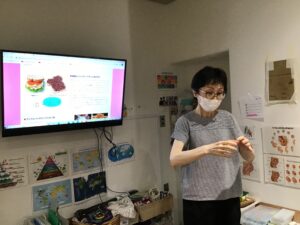
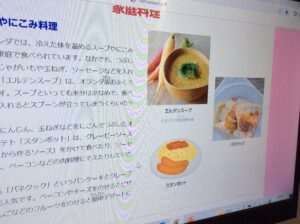
The Dutch love for sandwiches comes from a much older ancestral love for bread. Bread was namely a hot topic in the 17th century Netherlands, and we still see that today. Back in the old days, it was the staple food, eaten with cheese or butter during breakfast, combined with meat and vegetables for lunch and enjoyed with porridge in the evening. Bread was such an integral part of society that different types of bread came to symbolise different social status. The working class consumed bread made out of coarse wheat or rye, while the rich ate white bread.
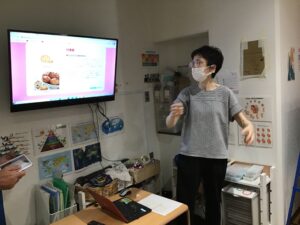




Bicycle lanes are very popular and common in Netherlands. On-road bike lanes in the Netherlands are marked by either a dashed line or a solid line: lanes marked by a dashed line may be used by motorists provided that they do not impede cyclists, while those marked with a solid line may not be used by motorists.
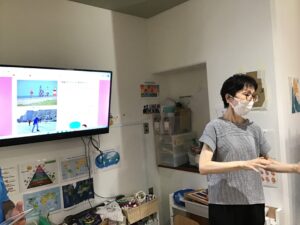
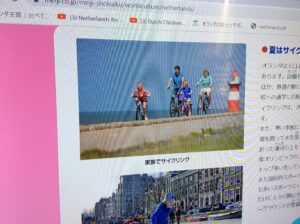







Ice skating! It is no secret the Dutch love to ice skate. Their performance in speed skating at every Winter Olympics is testament to this.
There are two essential factors which have played a role in ice skating’s popularity with the Dutch: topography and climate. The Netherlands (which means ‘lowlands’) is one of the flattest countries in the world. Flat land is always susceptible flooding. The Dutch have been managing the problem for over 1,000 years, first with dams and dikes and later with canals. The latter are everywhere in the Netherlands. The most famous canals are those in Amsterdam built in the 17th century. But canals are found in most other cities as well.
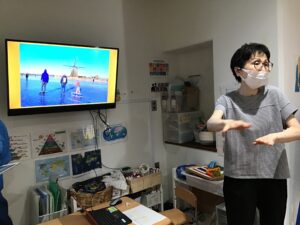
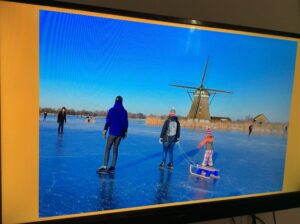



Watching a documentry of the country Netherlands!
